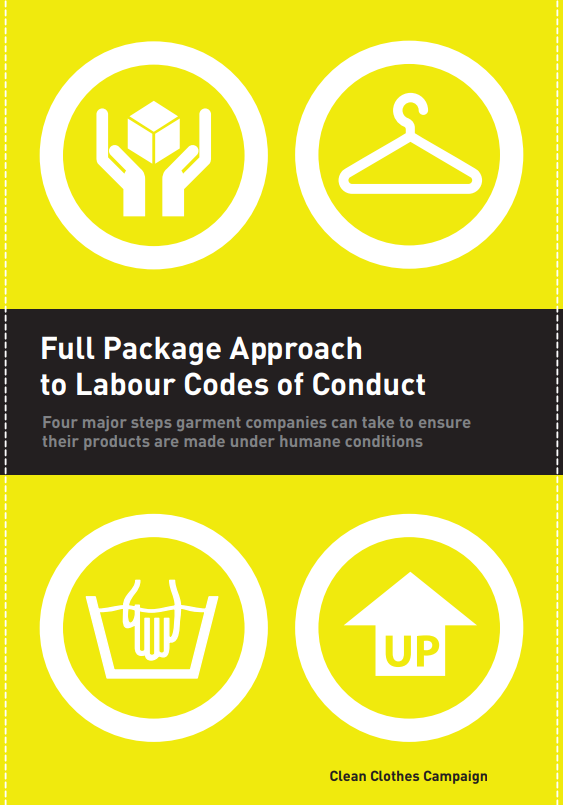Safe & Sound: What States Can Do to Ensure Respect for the Best Interests of Unaccompanied and Separated Children in Europe
GuidanceThis document aims to assist in these efforts by focusing on how States can operationalize the best interests principle set forth in Article 3.1 in the CRC, which states that "The best interests of the child shall be a primary consideration in all a...Read More

